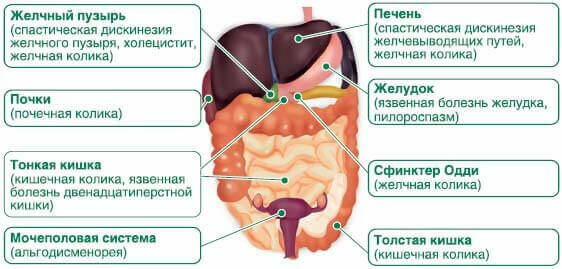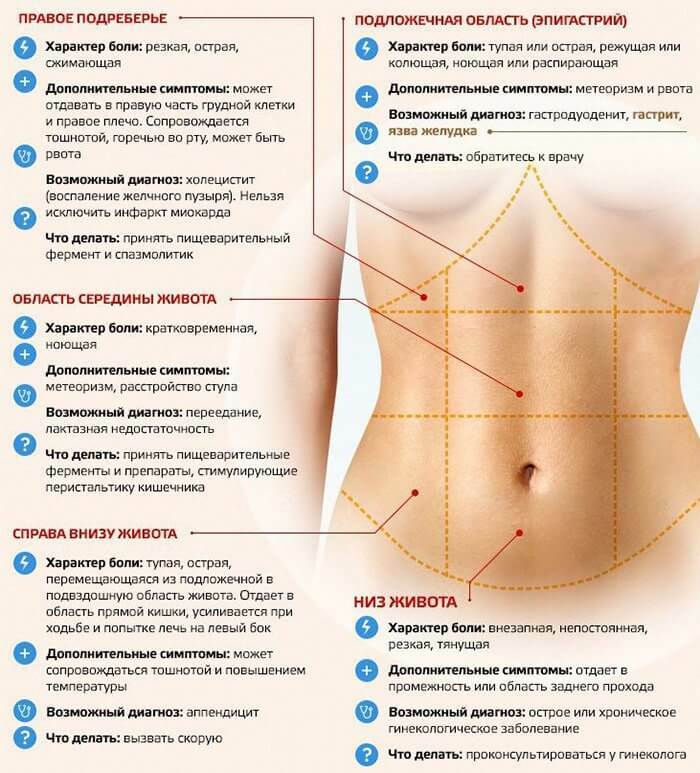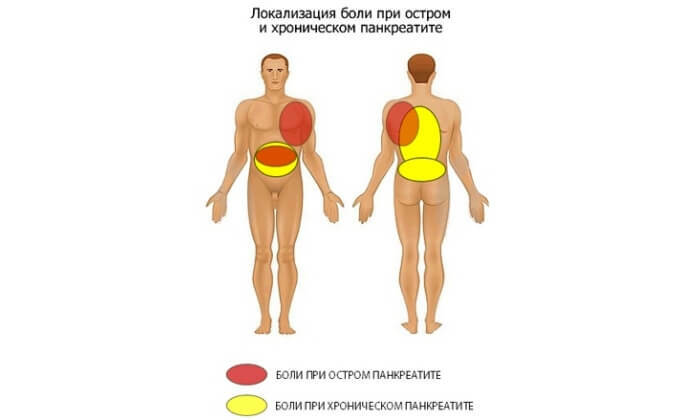Inflammation of the sigmoid colon

The sigmoid colon is an important organ of digestion. Not everyone knows about it, but it is from her work that the overall well-being of a person depends. This body is responsible for digesting food, helps to absorb water, saturating it with the human body. Inflammation in the sigmoid colon( sigmoiditis) is a fairly common disease that rarely appears on its own.
Forms of inflammation
Sigmoiditis is acute and chronic. The acute form is observed in dysentery and manifests itself in the form of pain in the left ileal region. The pain may be cramping, and also the frequent increase in the stool. With chronic sigmoiditis, the pain is intensified shortly before or immediately after defecation, with prolonged walking, shaking, physical exertion. Often diarrhea alternates with constipation, possible diarrhea. Patients suffer from bloating, loud rumbling in the intestines, belching, sometimes there is nausea and vomiting. If the inflammatory process is strong, weakness appears, the person is losing weight, the body temperature rises.
Inflammation in chronic sigmoiditis sometimes spreads in the visceral peritoneum and the development of perisigmoiditis occurs. As a result, there is a fusion of the sigmoid colon with the surrounding organs. Pericigmoiditis can also develop after trauma or abdominal operations. The nature of pain and their localization are the same as for sigmoiditis.
Diagnosis
The diagnosis is based on the overall clinical picture, as well as data from laboratory, physical and instrumental studies. The doctor at palpation determines the thickening of the sigmoid colon. Macroscopically, mucus is found in the stool, sometimes impurities of blood and pus. At a microscopic examination leukocytes, erythrocytes and cells of intestinal epithelium are revealed. Biochemical studies allow us to identify the release of protein and enzymes together with feces. Radiographically determine the deformation, an increase in the caliber and a decrease in the number of folds of the shell of the intestine, rigidity of the intestinal wall, unevenness of the barium column. Endoscopic examination is of great importance for the diagnosis.
Differential diagnosis is carried out with colon tumors( in the case of cancer, stenosis of its lumen occurs), with pathology of the urinary tract, diseases of the female genital organs, and atypical location of the appendix. As a treatment, usually, among other things, a gentle diet is recommended, as well as the use of antibacterial, antispasmodic, analgesic, sedative, astringent and enveloping agents. Widely used local treatment( microclysters and candles with starch, chamomile, vitamin A and corticosteroids).
Symptoms of
Symptoms depend on the form( acute or chronic) of inflammation. In the acute form of sigmoiditis characterizes severe pains of the spasmodic type, the amount and color of the stool varies. There is a frequent alternation of constipation and diarrhea, as well as constant pain during defecation. Also, the symptoms of this disease are bloating, rumbling and nausea with vomiting. With the most pronounced inflammatory process, weight loss occurs, the patient has general weakness and high fever.
In case of untimely contact with a doctor or an incorrect initial diagnosis, sigmoiditis may continue. At the same time, there is a high risk of splicing the sigmoid colon with closely-spaced organs. It is life-threatening - lethal at this outcome about 10%.
An accurate diagnosis can be made only by a doctor, after considering the clinical picture and the results of additional tests. Endoscopic examination and irrigoscopy are of great importance for the timely diagnosis of the disease.
Treatment of
With sigmoiditis, antibacterial drugs are usually prescribed. They help to get rid of the causes of the inflammatory process. Also prescribed spasmolytic and painkillers, it is necessary to take enveloping, astringent and sedatives. Local treatment is also applicable - candles and microclysters with chamomile broth, vitamin A, fats, starch and corticosteroids are very effective. In addition to treatment with drugs, the patient will have to observe peace and a strict diet. Therapy is successful if all the doctor's recommendations are followed.



